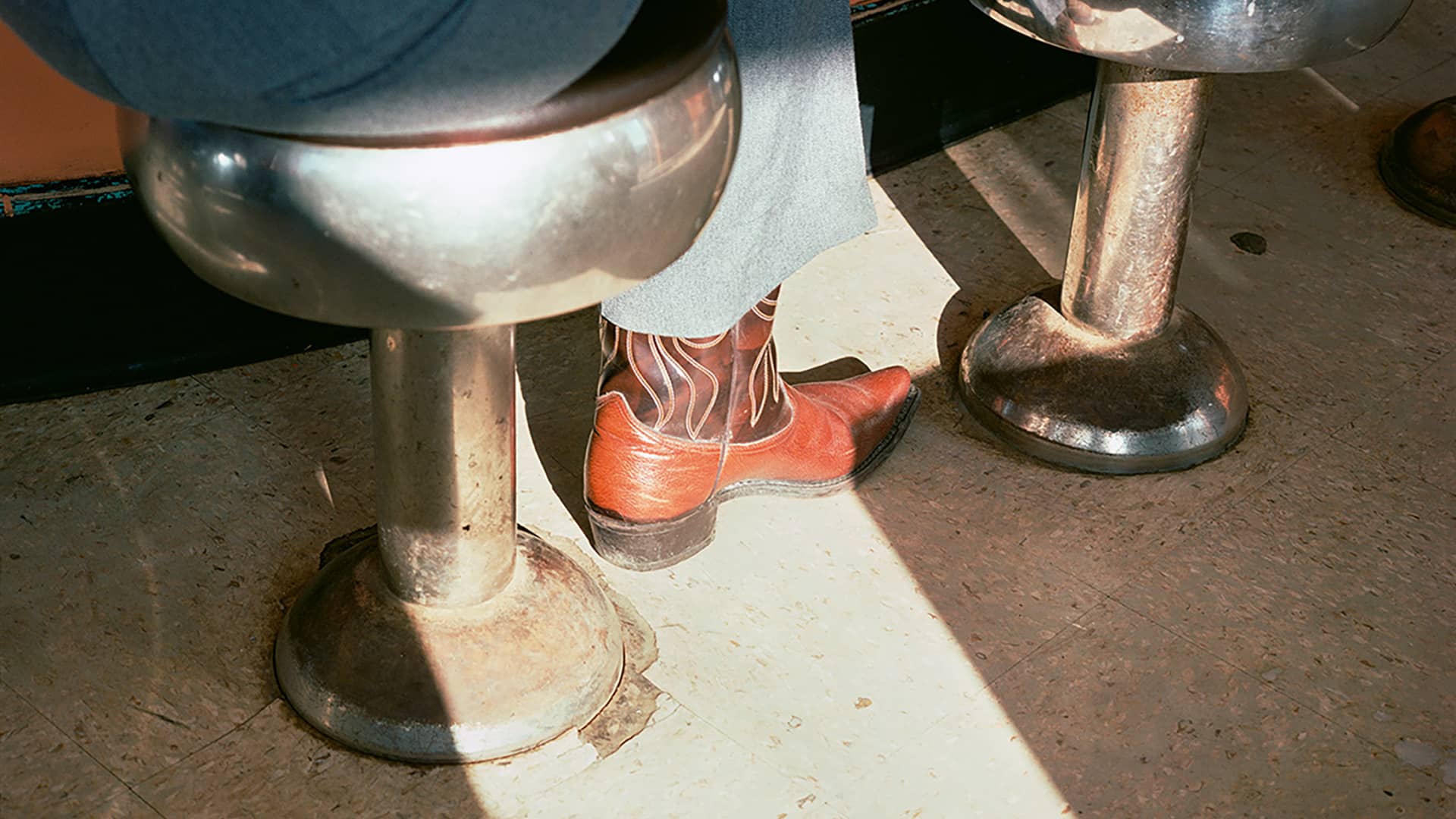Never-before-seen 35mm photographs from Stephen Shore’s groundbreaking series documenting “main street” America during the 1970s.

You’re getting blind.
Don’t miss the best of visual arts. Subscribe for $9 per month or $108 $90 per year.
Already suscribed ?



